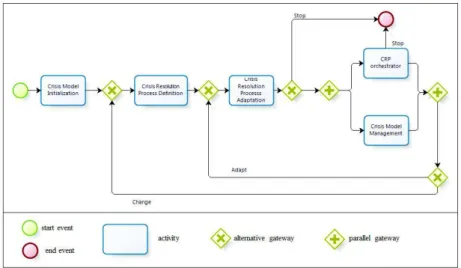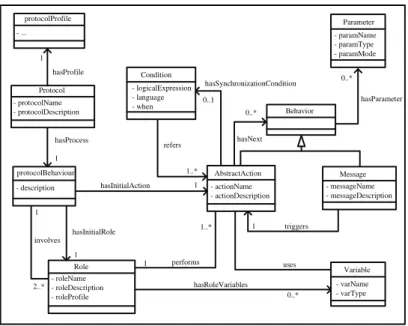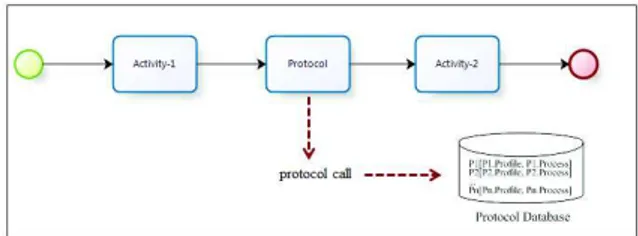Interaction protocols for human-driven crisis resolution processes
Texte intégral
Figure




Documents relatifs
Conse- quently, the emergent knowledge base should provide the issue classes, the criteria and the metrics for the measurable definition and evaluation of process flexibility, and
Alaska Simulator is an interactive software tool developed at the University of Innsbruck which allows people to explore different approaches to process flexibility by using a
Figure 1 illustrates the distinction between the flexibility types in isolation, in terms of the time at which the specific flexibility options need to be configured (1) at
1 includes three orthogonal dimensions: the abstraction level of the change, the subject of change, and the properties of the change, which include extent, duration,
Specifically, three ideas are put forth: (1) Use a finer granularity in classification, (2) make fine-grained classification possible across several dimensions,
Classification is a major component of many processing chains for language processing, text processing, social Medias processing, knowledge extraction, applications
Whatever the age, the type of material (M1 vs. M2) had no significant effect on performance and was thus not further considered in the analyses. In addition, in accordance with
Major findiflgs imllide the limilatiOlI aud validity uf the ~rnall alllplitUll'l theory obl.ained from a large amplitude analysis; determination of the instantalll'UliS angle of



